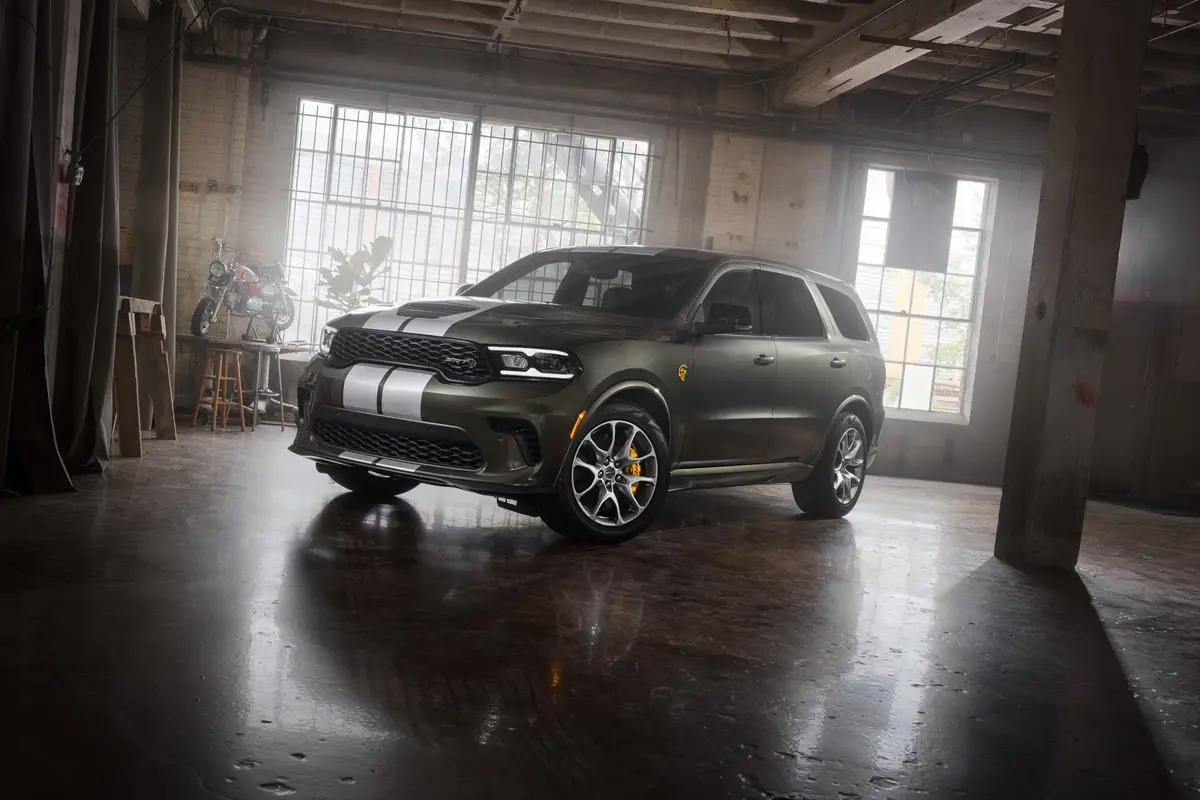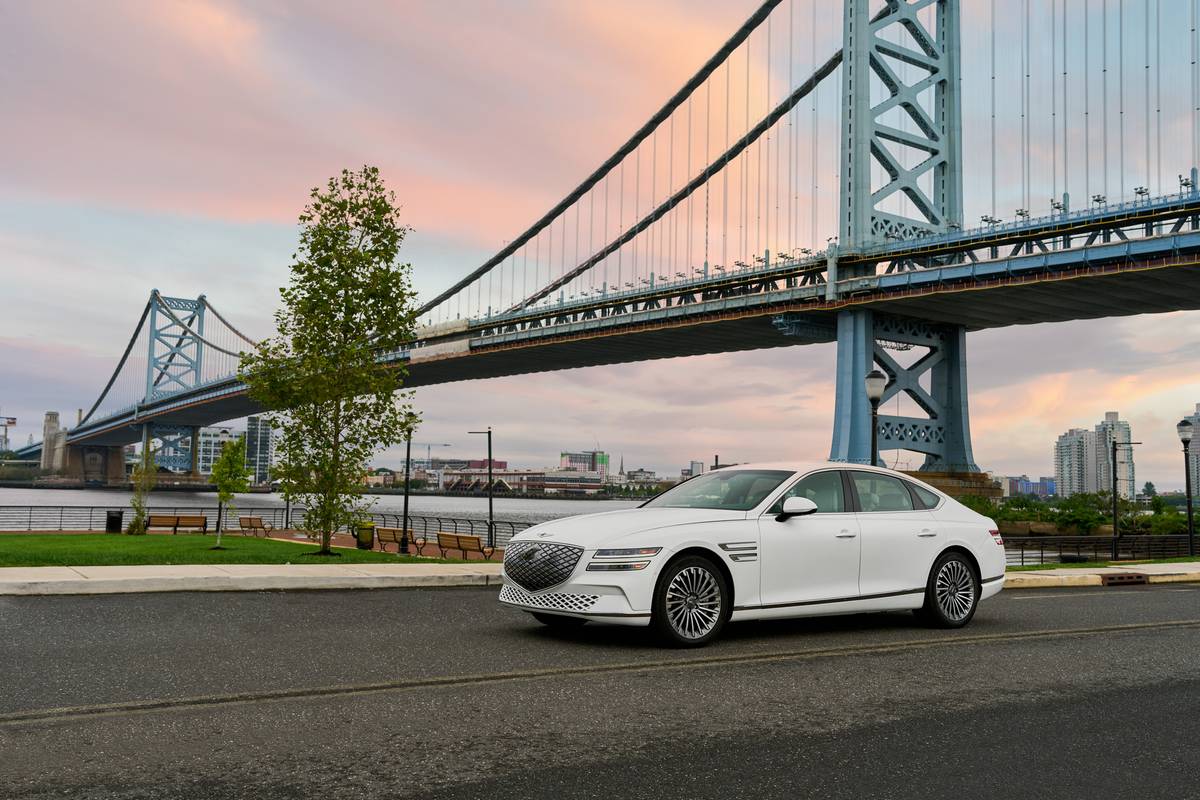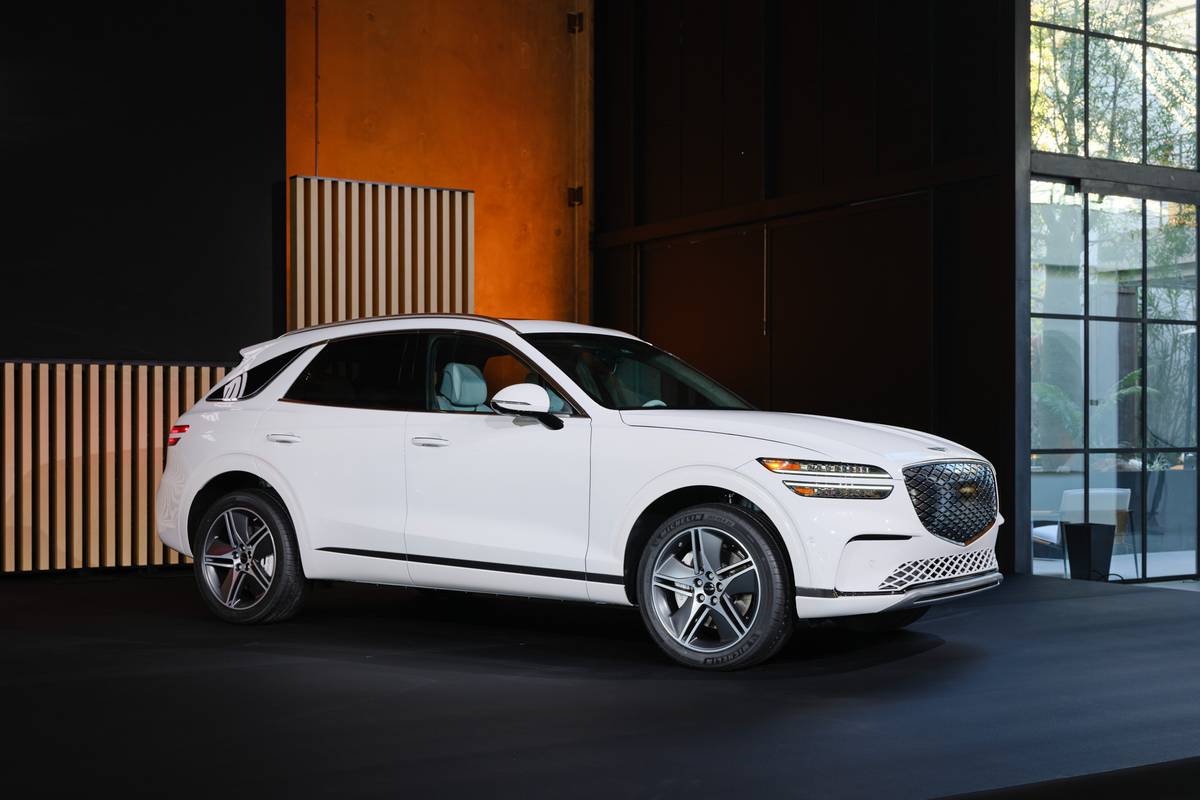Boston.com's view
It was not happenstance that Toyota brought the automotive press to Charlotte for the first tests of its 2007 Toyota Tundra pickup truck line — the city is the capital of what has been dubbed NASCAR Nation.
And it was not happenstance that Toyota built a $1.28 billion truck plant deep in the heart of pickup truck country, San Antonio .
Toyota is roaring past American manufacturers like Jeff Gordon coming out of the fourth turn screaming to the finish line. The company has already gone truck racing, in the Craftsman Truck Series. And this year, it will go NASCAR racing, in the Nextel Cup Series, by putting the Camry on tracks that previously were reserved for American cars.
The Japanese company develops its racing engines in the heart of NASCAR Nation, builds trucks in Texas and Indiana, and hopes to boost the sales of its cars and trucks by doing well on the race circuit.
“If you think we’re racing just to sell Camrys, check out the number of pickup trucks in the parking lots at Bristol, Talladega, or Daytona during race week,” Ernest Bastien, vice president of Toyota’s vehicle operations group, said at the Tundra introduction.
Toyota’s first stab at big trucks in the United States was feeble — the 1993-98 T-100. Company executives on this side of the Pacific could not convince their bosses in Japan that if you want to talk big-truck language in the United States, V-8 has to be in the vocabulary.
By 2000, the bosses had seen the light and the quiet, powerful, and functional Tundra V-8 became a hit. Now comes the next generation and it looks ready to bump heads with anybody’s mega truck. The new Tundra will come in 31 configurations, including two- or four-wheel drive , and three different cabs, engines, and bed lengths.
The cabs include Regular and Double (with front-hinged rear access doors), and CrewMax, with 40+ inches of rear leg room and sliding/reclining rear seats.
Power plants, depending on model, include a 4.0-liter V-6 with 236 horsepower and 266 lb.-ft. of torque; a 4.7-liter V-8 with 271 horsepower and 313 lb.-ft. of torque; and a 5.7-liter V-8 with 381 horsepower and 401 lb.-ft. of torque. A five-speed automatic transmission is standard, and a six-speed with overdrive is available on most of the V-8s. It’s a horsepower and torque range that covers suburban go-to-the-store owners to construction workers and those who tow bigger boats and trailers.
I drove the Tundras late last year (reporting was embargoed until they were shown earlier this month at the North American International Auto Show in Detroit) and came away impressed with a few significant traits.
For a powerful truck, they are so quiet a driver might be able to sneak up on construction sites without anyone hearing.
The handling is almost car-like, which is particularly remarkable in the case of the CrewMax version, a truck that is similar in size to a big American pickup.
The interiors are remarkably simple and functional — no surprise for Toyota. A two-tiered glove box has room for a full-size thermos bottle up top. The control knobs and door handles are so large they can be used by someone wearing thick leather gloves (Toyota provided the gloves for this test). And a nifty center console will hold a lap top computer or can be used for hanging files like an office file cabinet.
To get beyond basics, Toyota will also offer upgraded sound systems, Bluetooth cellphone compatibility, a navigation system with backup camera, and, for CrewMax buyers, a 9-inch-wide LCD screen with DVD player and two sets of headphones. The kids can be entertained, or the construction boss can use DVDs to show work in progress.
Significantly, Toyota will fill the new Tundra with standard safety features such as antilock brakes, brake assist, electronic stability control, front side air bags and front and rear, roll-sensing side curtain air bags.
This is a truck I cannot wait to get my hands on for a week or more of testing. We’ll go shopping, hauling, and commuting. Then we’ll be able to tell the full story on this “foreign” truck engineered in Michigan, styled in California, powered by engines built in Alabama that are linked to transmissions built in North Carolina, and built at plants in Texas and Indiana.
Latest news



